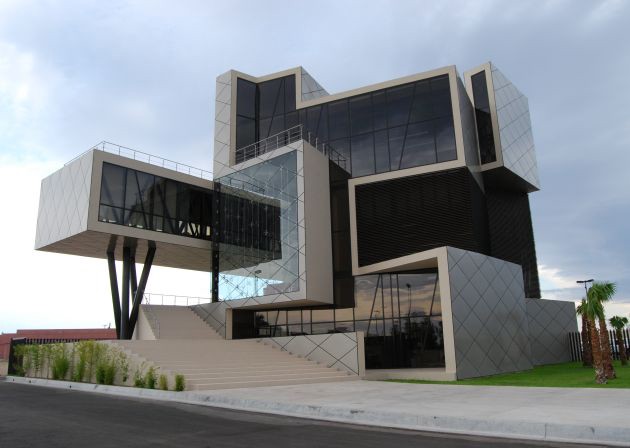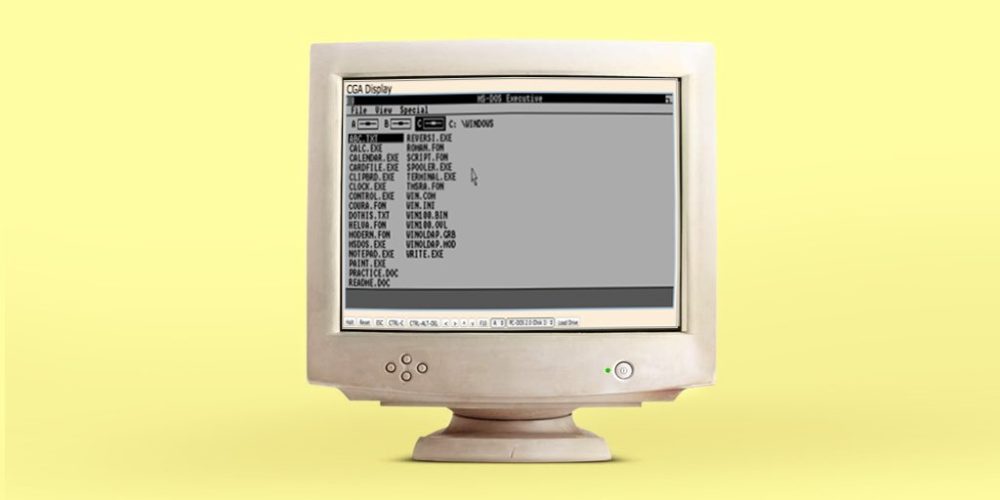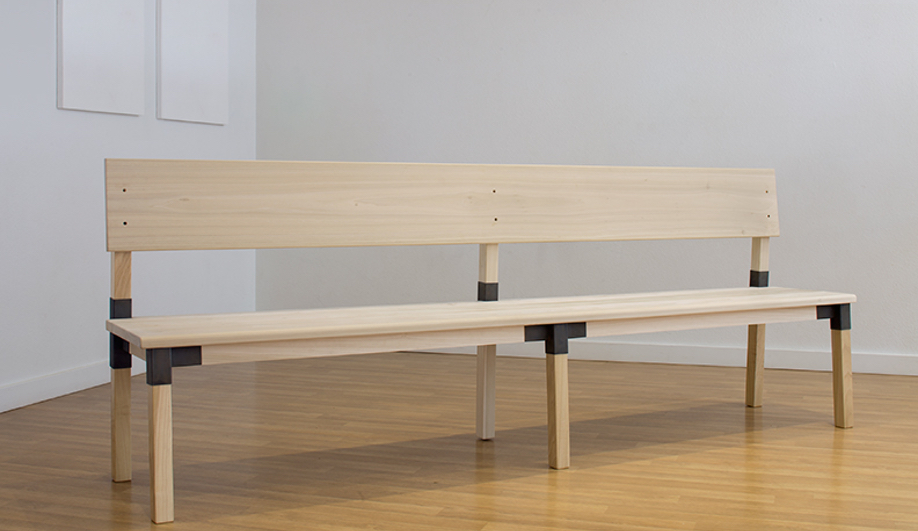The utilitarian aesthetic is distinct and recognizable, but sometimes overlooked as an aesthetic decision. Since it emphasizes a focus on functionality over achieving specific aesthetic properties. Nonetheless, the usage of utilitarian philosophy in design produces distinct designs which can be evaluated aesthetically.
The philosophy of Utilitarianism was first concretely defined in the early 19th century by Jeremy Bentham, followed shortly thereafter by John Stuart Mill. These principles were further popularized in Henry Sidgwick’s The Methods of Ethics in 1874. Although the philosophical concept of Utilitarianism took off in the 19th century, the creation of utilitarian designs was not common until further into the 20th century.
Utilitarianism was built upon the idea that moral behavior will not be harmful to others but instead increase happiness. Early Utilitarian predecessors include British Moralists, Cumberland, Shaftesbury, Hutcheson, Gay, and Hume. Some of these predecessors were religiously motivated, drawing their justification from a divine need to do good. The key distinction between these predecessors and Utilitarian philosophy was the concept of judging the happiness, or “utility”, of a decision on a much greater scale, considering the whole of a community rather than a subset of individuals. From this philosophy the basis for utilitarian design was derived to be a design that offered as much “utility” to as many people as possible.
Some of the first large scale examples of the utilitarian aesthetic were in economic response to the damages of the world wars. One such example is The German Bauhaus School by pioneer modern architect Walter Gropius in 1919, which emphasized the importance of mass production. Designs were expected to be efficient, cost effective and functional. Later, in 1941, in order to help refurnish homes of citizens who’s houses had been bombed, the British Government created the British Utility Furniture scheme. The designers in charge of this scheme, influenced by the Bauhaus and similar movements emphasizing “function over form”, set out to create functional furniture which would be both durable and low cost to manufacture. This particular attempt was met with notable resistance from the British public, as the local style of the time emphasized ornate and novel decorations in furniture, and as soon as limits on the wood market were removed, the scheme died out.
The concept of reducing complexity and removing sheerly decorative details, intended for the purpose of manufacturability and increased functionality, would later be a core pillar of minimalism, although for different purposes. In fact, the style minimalism is commonly associated with was greatly influenced by the ideas of the Bauhaus School.






Sources:
Driver, Julia. “The History of Utilitarianism.” Stanford Encyclopedia of Philosophy, Stanford Encyclopedia of Philosophy, 22 Sept. 2014, https://plato.stanford.edu/entries/utilitarianism-history/.
“UTILITARIAN HEDONIC MULTI-FUNCTIONAL DESIGN: THE SUSTAINABLE DESIGN of the FUTURE.” Www.linkedin.com, https://www.linkedin.com/pulse/utilitarian-hedonic-multi-functional-design-future-billy-pedro/.
Justo, A. J. “Utilitarian Design.” Medium, 27 Sept. 2017, https://blog.ajweb.eu/utilitarian-design-b0531605f1a9.
Mill, John Stuart | Internet Encyclopedia of Philosophy. https://iep.utm.edu/milljs/#SH2d.
Mao, Vanessa Xinyi. “Utilitarianism in 21st Century: Modern Architecture.” Medium, 26 Nov. 2016, https://medium.com/@xm335/utilitarianism-in-21st-century-modern-architecture-a90906e6a18c.
Minimalism. “A Brief History of Minimalism: How the Minimalist Movement Happened.” Minimalism, 21 July 2019, https://minimalism.co/articles/history-of-minimalism.
“5 Button L-Trac Laser Trackball.” Www.ergoguys.com, http://www.ergoguys.com/5bullatrfcoo.html. Accessed 3 Feb. 2023.
O’Brien, Fred. “A Case for Clunky, Utilitarian Web Design | WBE.” Website Builder Expert, 16 July 2018, https://www.websitebuilderexpert.com/designing-websites/a-case-for-clunky-utilitarian-web-design/. Accessed 3 Feb. 2023.

6 Comments. Leave new
Hi Alexander
I didn’t even realized that utilitarian design has its own aesthetic. Being a self-proclaimed utilitarian myself, I can see many examples of this. One notable example that might be unique can be a modular phone Ex. PhoneBloks (https://www.onearmy.earth/project/phonebloks) , the hardware and design of which, I suspect, mostly fits into this aesthetic.
Like Jonah, I too noticed some similarities with Bauhaus aesthetic when comparing infrastructure, and for smaller objects, there is a lot of similarities with Cubism and Minimalist aesthetic. What do you think of these similarities and differences?
That’s an awesome example of utilitarian design! As for the similarities and differences of Utilitarianism to Cubism and Minimalism, I think that often times cubic shapes and less features make a object easier to manufacture. However, the key difference is that when less features or more geometric shapes will compromise functionality, Utilitarianism will avoid them where as Cubism or Minimalism will still trend toward these qualities.
I appreciate the depth you went to in describing the historian of utilitarian design. I was familiar with the Bauhaus school but didn’t know about it’s roots in the 19th century. I like that you said that it’s overlooked as an aesthetic. I think that if something is designed for functionality and exceeds at doing so, there is beauty in that. I was wondering about the picture of the building you included. Although it does share some of the blocky design associated with Bauhaus, the many corners and intricate supports seem to designed more for form than function. I’m curious as to your thoughts on what makes this an example of utilitarian design.
This image was included to show the impact of utilitarian qualities into more modern design movements. You are right that this building is not as utilitarian as some of the other examples, but it does share some of the simple geometries and design for function, such as lots of natural light to avoid constant artificial lighting, that were championed by the utilitarian aesthetic.
A well described take on utilitarianism from philosophy to aesthetic. I wonder if today it may have become more common to purse such an aesthetic without the focus on ease of manufacturability, or even going so far as to remove functionality to pursue the just aesthetic, neglecting the original philosophy altogether?
Certainly, I have seen such an aesthetic decision most commonly in custom input devices, which often share aesthetic traits with utilitarian counter parts solely because individuals enjoy the aesthetic. As strange as it is, it is definitely possible to have a highly utilitarian aesthetic with out the high functionality of a utilitarian design.